Fire Extinguisher Maintenance Checklist Under NFPA 10
NFPA 10 7.1.1 states that a business owner is responsible for the inspection, maintenance, and recharging of fire extinguishers located on their property.
There are several different types of inspections required:
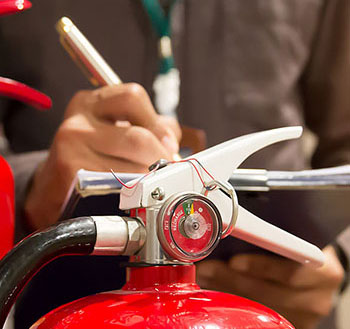
Monthly Inspections:
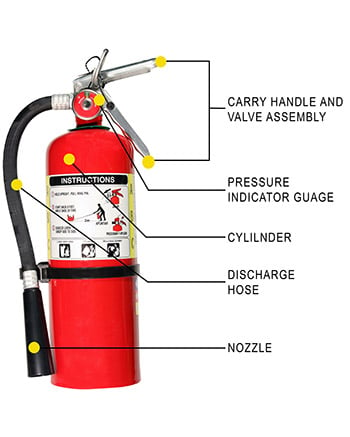
Annual Maintenance:
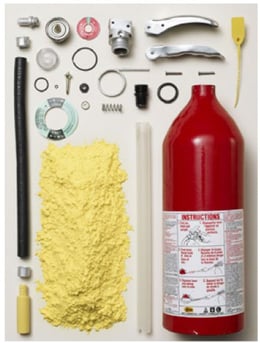
6 Year Inspections for all extinguishers which are subject to the 12 year hydrostatic test:
Per NFPA 10, every 6 years, stored pressure dry chemical fire extinguishers shall be emptied and subjected to internal examination procedures as detailed in the manufacturer’s service manual. The extinguisher is discharged into an approved container and then the chemical, cylinder and all parts are inspected and replaced If necessary before the extinguisher is recharged and certified. When the rebuild is complete, the fire extinguisher should have a verification of service collar around the neck and a label on the back indicating the company who performed the service.
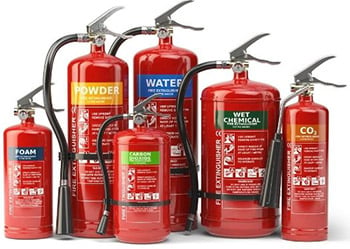
12 Year Hydrostatic Test:
Brothers Fire & Security can provide you all necessary labor and materials to perform this inspection for you. Contact one of our sales reps today!
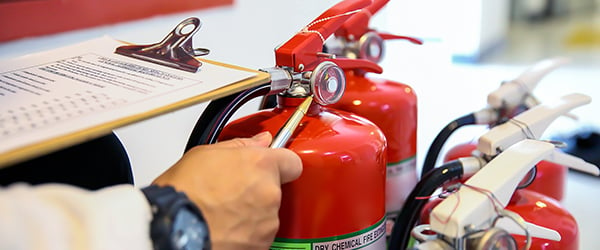
Download this Checklist as a PDF
Take this checklist with you or share with your colleagues. With years of experience and hundreds of business served, Brothers Fire and Security can manage all the required inspections on these lists.
Fill out the form to get this checklist sent to your email.